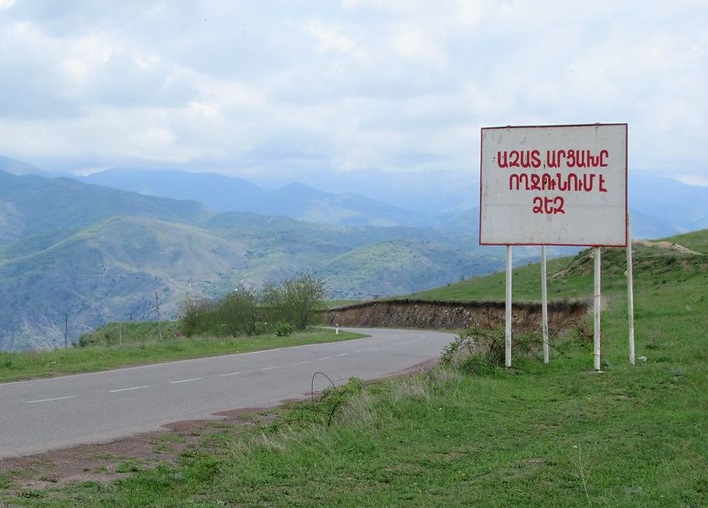Lacin Corridor, Nagorno-Karabakh humanitarian crisis deepens
After 210 days since the beginning of the blockade of the only passage linking the region to Armenia, supplies and services are in short supply. Azerbaijan continues to officially claim that the corridor is open, as the Hague tribunal has ordered, although in fact only a few Red Cross ambulances, which bring the most seriously ill people to Armenia, are able to pass through.
Yerevan (AsiaNews) - After 210 days of Azerbaijan's blockade of the Lacin corridor, which no negotiations have been able to resolve so far, the Armenian inhabitants of Nagorno Karabakh continue to suffer from shortages of supplies and services.
The Azeris only re-established gas supplies for a few hours and without warning, but the fuel still failed to reach homes, because while the Artsakhgas company was trying to restart the plants, the pipeline was blocked again, without explanation, in a game of tug and pull that seems to even take on forms of sadism.
Gas has been lacking for three months now, and since the beginning of the year no electricity has arrived either, local sources are used, which are sufficient for a few hours a day.
The advisor to the Karabakh-Artsakh Minister of State, Artak Beglaryan, explained on Facebook that contacts with the Azeris on the issue of supplies cannot be established: 'The main purpose of the limited reopenings may be a strategy to relieve pressure from outside for a short time, but I believe they serve to throw the local population into total disorientation, pushing people to want to leave their country.
"Days that seem to open with some hope always end with great disappointment and a sense of frustration," confirmed the EU special representative in the area, Estonian Toivo Klaar. The Europeans had demanded that at least energy supplies be guaranteed without interruption, as well as the free movement of people and goods through the Lacin corridor.
Instead, foodstuffs as well as personal and household hygiene items are lacking, and movement on the road is still a challenge. Humanitarian emergencies are piling up over eight months of blockade, and the lives of Artsakh Armenians are getting worse by the day.
For the past 25 days, after the Azeris raised their flag on the Armenian side of the Khakari bridge, shipments of humanitarian aid have also been at a standstill, without reaching their destination.
As Anat Tonyan, an inhabitant of Noragjukh village in the province of Askeran, recounts, "there is nothing left to eat, not even fruit, we turn on the light for one hour a day, I don't know how we will manage. There is no seed oil or sugar, in the shops you can only find a little rice, oatmeal porridge and a few packets of pasta. No sweets, to the despair of the children; 'we try to grow some cucumbers and tomatoes in the garden,' says Anat.
The fuel shortage makes it almost impossible to travel even within the territory, cramming into the few buses that run on variable routes, with very irregular hourly schedules. The local government has also decided to limit public transport as much as possible, publishing timetables to be kept carefully; in some villages the bus only arrives once every three to four days.
As another villager, Ashken Grigoryan, recounts, from her village of Machkalashen she can only go to the capital Stepanakert twice a week, but 'it's not certain that she can get on the bus, and then she has to travel two to three hours standing on one leg'.
Azerbaijan continues to officially claim that the corridor is open, as the Hague tribunal has also ordered, although in fact only a few Red Cross ambulances, which take the most seriously ill people to Armenia, are able to pass through.
According to figures from the Artsakh administration, around 11,000 people lost their jobs and livelihoods as a result of the blockade, and the economy of Stepanakert suffered damage in excess of USD 400 million, to the brink of collapse.
Photo: Flickr / David Stanley
28/09/2023 16:23
12/01/2023 09:18
03/01/2022 13:50







.png)










